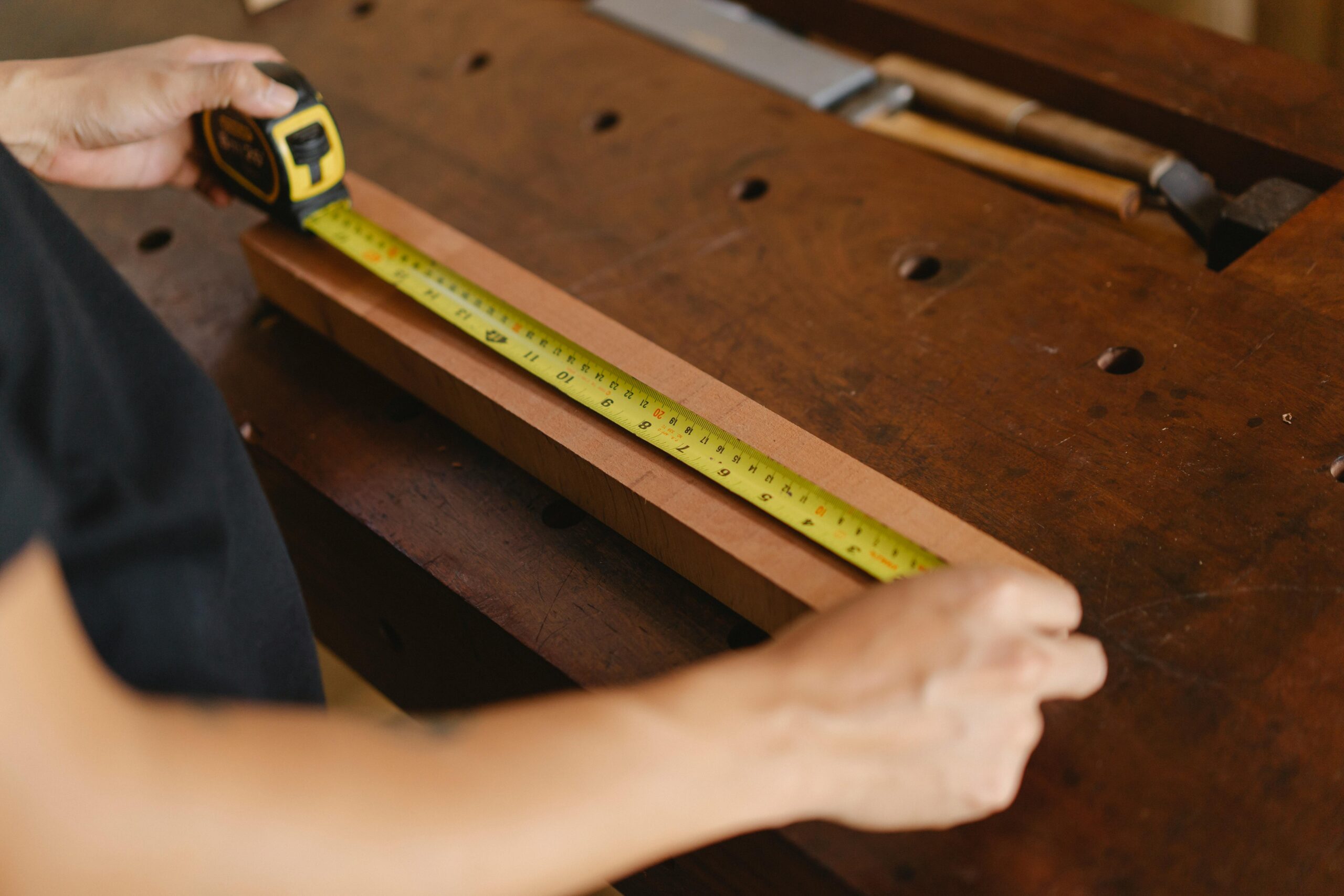No products in the cart.

Building fire doors are necessary for any building that is supposed to be fire safe. These doors are a major part of a passive fire protection system. It is crucial to have a plan for building fire doors in place before you install them. They are made to resist fire for the longest possible time.
Key factors to consider when it comes to the safety infrastructure of a building include configuration and materials. In this blog, we’re going to explore that further.
As previously mentioned, fire doors are vital for the safety infrastructure of buildings. That means a wide range of industries are involved and, in turn, varying building layouts and aspects. Fire-rated doors can come in configurations such as:
Plenty of materials can be chosen from when constructing fire doors. Popular choices include glass, gypsum, MDF, metal and timber. Several factors have to be considered before making a final material selection, including:
Fire doors are necessary for safety in any structure, especially commercial buildings. It’s vital for the infrastructure in particular. The main things to consider before getting fire doors include configurations and materials.
Need help preparing for a fire door inspection? Check out All Things Inspector today! We have a fire door inspection checklist, door inspection tool kits and more.



When it comes to ADA (Americans with Disabilities Act) compliance, you have two options as a business owner: either hire a certified ADA inspector or

It’s possible to mistake a standard tape measure for an ADA tape measure because they look almost identical. After all, both are used for measuring